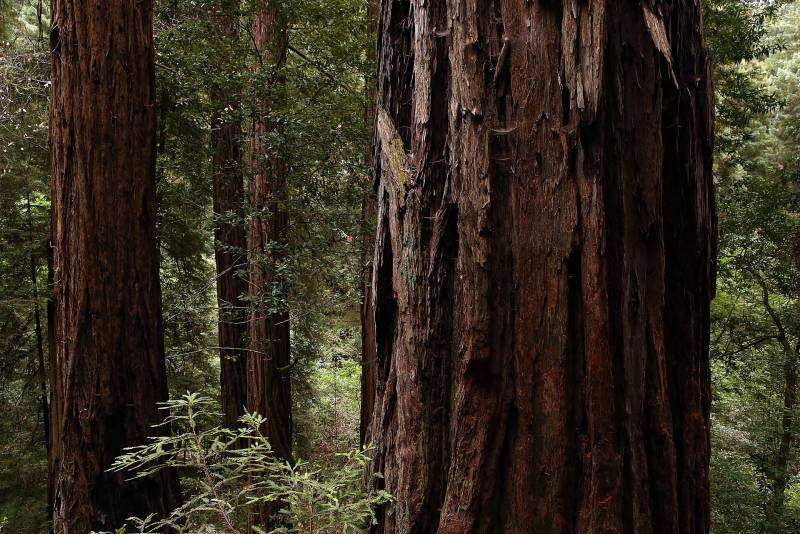Danny Cullenward, Carbon Plan’s director, told Song that California’s forest offsets program is increasing greenhouse gas emissions “despite being a large part of the state’s strategy for reducing climate pollution.”
“The program creates the false appearance of progress when in fact it makes the climate problem worse,” Cullenward said.
In a response to the ProPublica story, the California Air Resources Board aggressively defended the program, writing that the carbon credits “represent real, quantifiable, permanent, verifiable, enforceable, and additional CO2 reductions.”
But the board did not ask ProPublica for any corrections, as Song and Temple note in their response to CARB’s complaints.
KQED’s Brian Watt on Thursday interviewed Song about the investigation. The following has been lightly edited for length and clarity.
First, let’s just do a quick review of how cap and trade and the carbon credits work.
Cap and trade is one of the main programs that California has for reducing its carbon emissions. Every year there’s a statewide limit on the CO2 emissions allowed from major industry. Companies in those industries have to buy permits to emit a certain amount of CO2. Companies can trade those permits with each other or buy and sell them. There is flexibility company-to-company as part of the program.
With carbon offsets, companies are allowed to pay somebody else, to reduce CO2 emissions somewhere else, instead of reducing the emissions themselves. There’s a limit to how many offsets each industry can buy per year. This is where the forest carbon offsets come in, because landowners anywhere in the country can start an offset project where they find ways to manage their forests to store or prevent carbon emissions and quantify the carbon savings from those projects. Then those polluters in California can buy those carbon offsets and use them, theoretically, to cancel out a ton of their real CO2 emissions.
What part of this system is going wrong?
The problem is that the way the rules are written in how the state of California quantifies the carbon offsets, there are flaws that are allowing these projects to generate far more carbon savings than they deserve. So they’re generating a bunch of empty carbon credits that aren’t actually canceling out the real tons of emissions coming out of these polluters.
You write that it isn’t that companies are actually cheating the system, it’s flaws within the system.
The people who buy these carbon credits are major polluters in the state, like refineries and power plants. They are not the ones cheating the system. The problem is deeper and has to do with flaws in the rules as they were written.
What rules could have been written better to make this work?
This gets to some pretty complicated science. But essentially the way you earn credits is if you’re a landowner, you can say, here’s a forest that I have and I was going to cut it down. But now, in exchange for carbon credits, I will save the forest or reduce logging so that it is preserving more carbon than it otherwise would have. As a landowner, you calculate how much carbon per acre is stored in your forest and you compare that to the amount of carbon per acre stored in a forest that is typical — that is, one that is similar to your forest.
These kinds of baseline forests are called regional averages, and the Air Resources Board calculates the regional averages for many different types of forests across the country. The problem is those regional average numbers are done using very coarse data that doesn’t take into account a lot of the nuances between different types of forests. And as a result, you are seeing a pattern where a lot of projects are being done in places where the trees hold so much more carbon than the regional average. It’s inflating the carbon savings generated.
State officials stand by the policy and do not agree with the conclusions of your report, noting that the research hasn’t been formally peer reviewed.
Knowing that the study was not peer reviewed, we put in place our own peer review system. When the first completed draft of the study was done, we took it from Carbon Plan and we sent it to several independent scientists in academia. These are all people who had not worked with Carbon Plan, who didn’t know Carbon Plan, and we were able to send them the studies and get their independent analysis to make sure the study was sound and the methodology was good. And only after we got that did we then fully take on the project and the story and fully confirm that we wanted to write this story.
The state notes that its program has protected hundreds of millions of trees, and Native American tribes have used proceeds from the program to buy back traditional tribal forests. These are good things, right?
